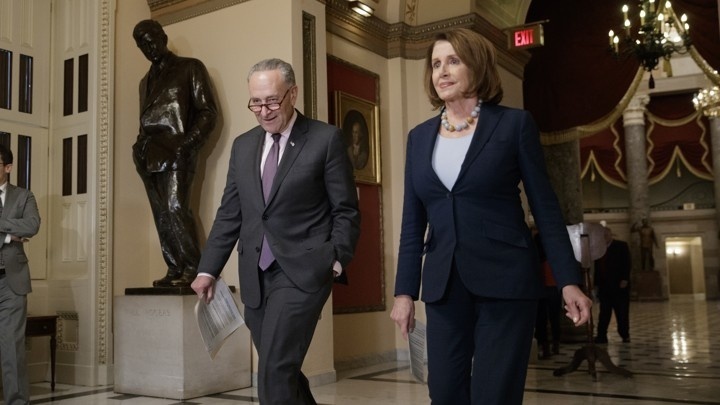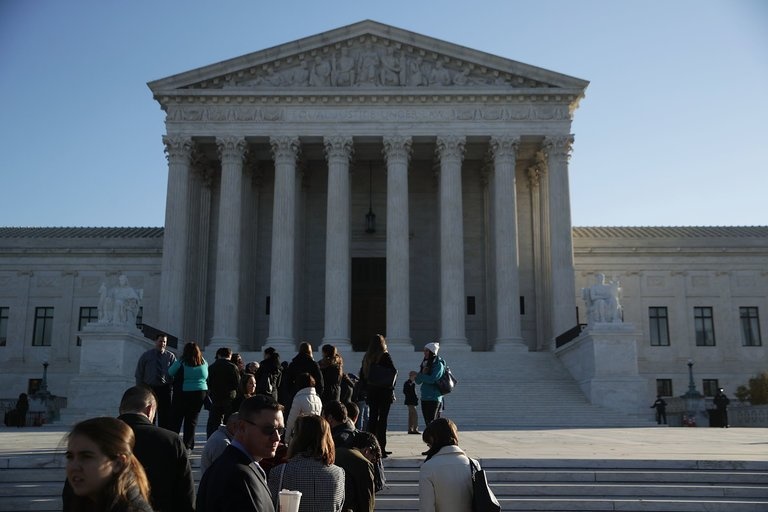
Getting to Know You: The Third Amendment Explained

Four Legislative Priorities Democrats Should Push

Chinese “Internment Camps” Detain One Million Muslims

Nikki Haley Resigns from Role as US Ambassador to the UN

Kavanaugh Nomination Advances, Flake Calls for Delay and Investigation

Nine Things You Didn’t Know About the Supreme Court

What you need to know about voting systems around the world

